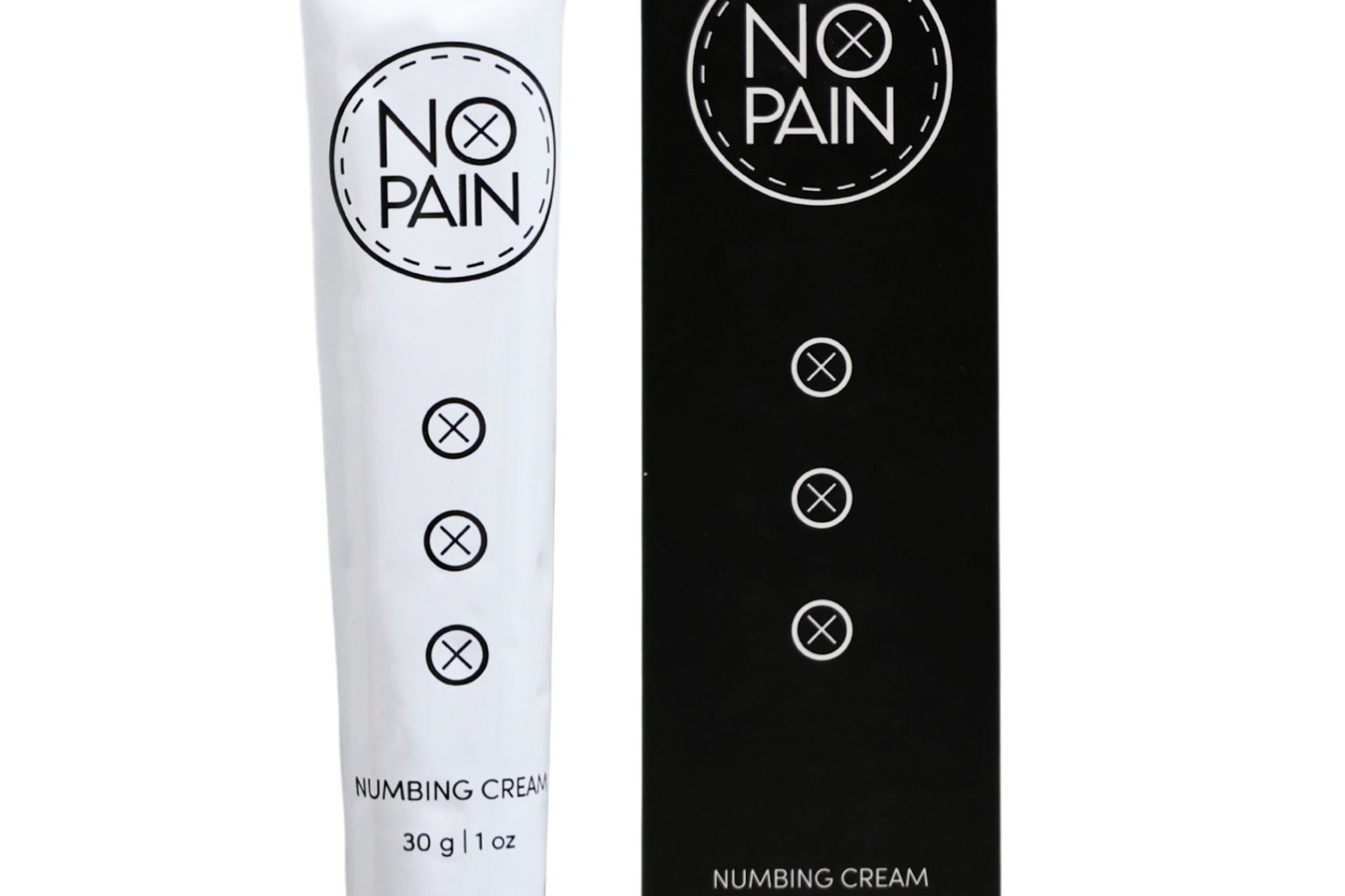Your new tattoo is about two weeks old, and the peeling and flaking stage is finally coming to an end. You're expecting to see a crisp, vibrant piece of art, but instead, you're met with a confusing sight: your tattoo looks dull, hazy, and strangely cloudy, almost like there's a milky film draped over it. The blacks look more like a medium grey, and the colors look washed out.
Before you spiral into panic, convinced your tattoo is permanently faded and ruined, we're here to tell you to relax. This is a completely normal, common, and temporary part of the tattoo healing process that artists often call the "milky" or "silver skin" stage.
This guide will explain exactly why this happens, how long it lasts, and what you can do to help your tattoo emerge from this phase looking its absolute best.
The Science Behind the "Milky" Phase
The cloudy appearance you're seeing is caused by a brand-new, not-yet-fully-matured layer of skin (the epidermis) that has formed over your tattoo.
Think of it like this: your vibrant, permanent tattoo ink in the dermis below is a beautiful painting. This new, milky layer of skin on top is like a piece of frosted glass that's been temporarily placed over it. The painting underneath is still perfect and vibrant; you're just looking at it through a hazy filter for a little while.
This new "baby skin" is not yet clear and transparent like your normal, mature skin. It's still a bit opaque and whitish as it finishes regenerating and settling. This is what creates that classic thin, cloudy, or wrinkled appearance.
The Healing Timeline: When to Expect the Cloudiness
-
When It Appears: The milky phase typically appears right after the main peeling and flaking stage is complete, usually around week 2 to week 3 of the healing process.
-
How Long It Lasts: This is a test of patience. The cloudiness will gradually fade as the new layer of skin matures, thickens, and becomes more transparent. This can take anywhere from 2 to 4 weeks after the peeling stops. For some people, especially with large, heavily saturated tattoos, it can take up to two months for the skin to fully return to normal and reveal the tattoo's true, final vibrancy.
What to Do During the Milky Phase
The most important thing you can do during this stage is to be patient and continue to protect your new skin, as it is still very delicate. You cannot scrub the milkiness away (and you absolutely shouldn't try). The key to helping this phase resolve is to provide your new, regenerating skin with the nutrients and moisture it needs to mature in a healthy way.
This is the final and most important job for your aftercare routine.
-
Our No Pain Tattoo Aftercare Balm is perfect for this stage. It's packed with vitamins and natural butters that are designed to nourish and support new skin. By keeping the area consistently moisturized with our balm, you are "feeding" those new skin cells and helping them to become strong, healthy, and transparent. This will help reveal the crisp and vibrant art underneath much more effectively.
-
You must also continue to protect this new, vulnerable skin from the sun. Keep it covered with loose clothing until it's at least a month old.
The Verdict: The milky, cloudy, or faded look of a 2-3 week old tattoo is not a sign of a problem; it's a sign that your body is successfully building a new, protective layer of skin over your permanent art. Don't judge your tattoo's final appearance during this temporary and slightly awkward phase. Trust the process.
Continue to care for your skin with a high-quality, nourishing balm like the products in our Aftercare Bundle. Before you know it, the frosted glass will clear, and your beautifully healed tattoo will be revealed in all its vibrant, permanent glory.

